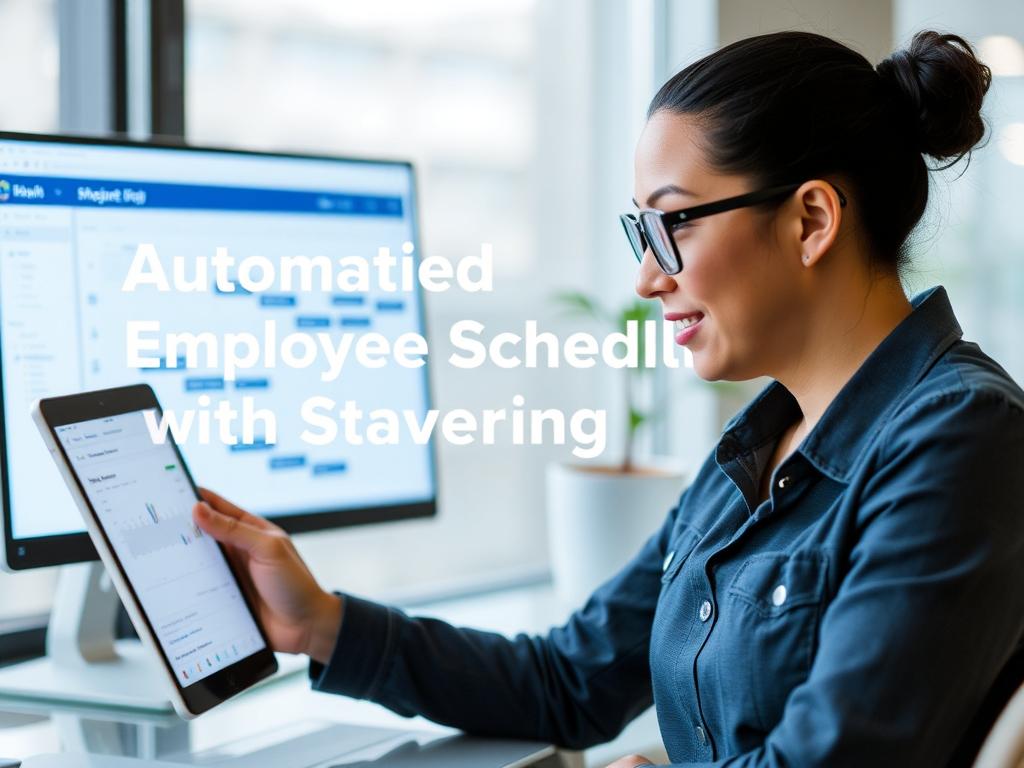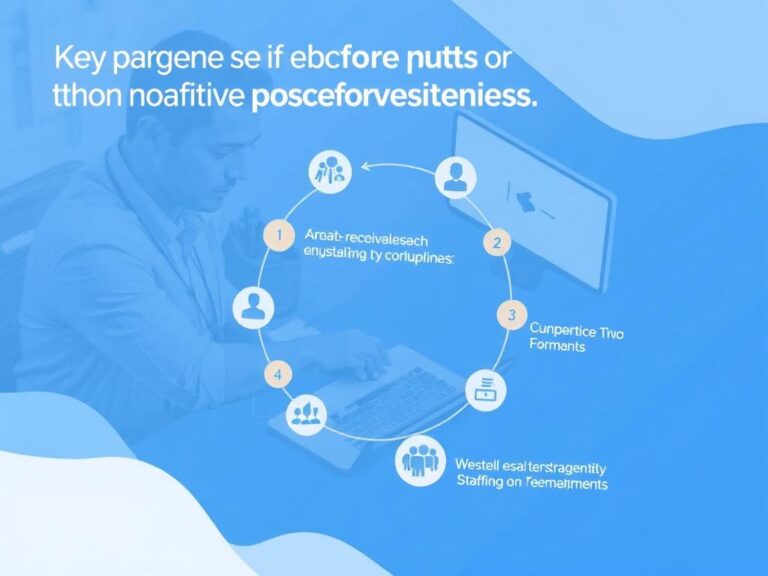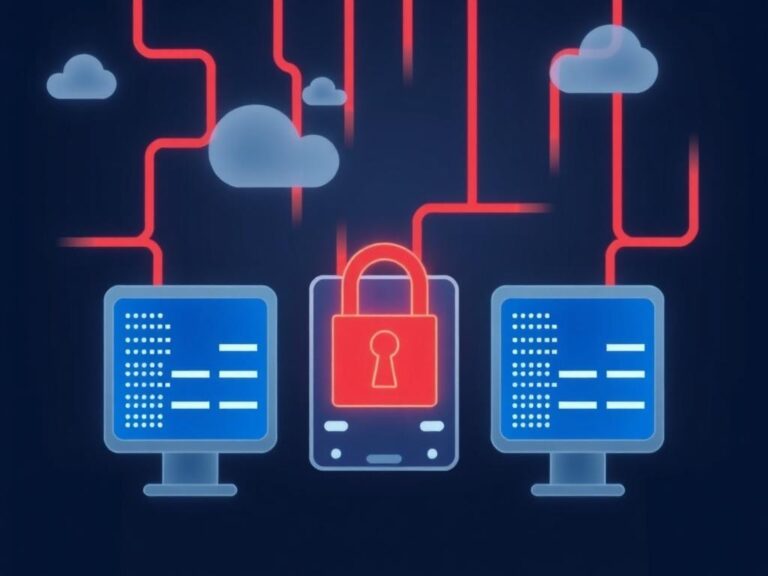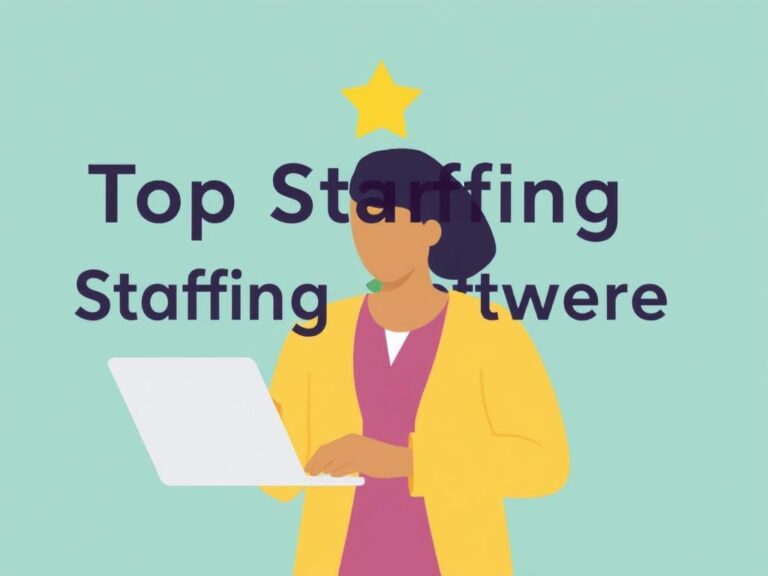Automating Employee Scheduling with Staffing Software: Revolutionizing Workforce Management
Why Automate Employee Scheduling?
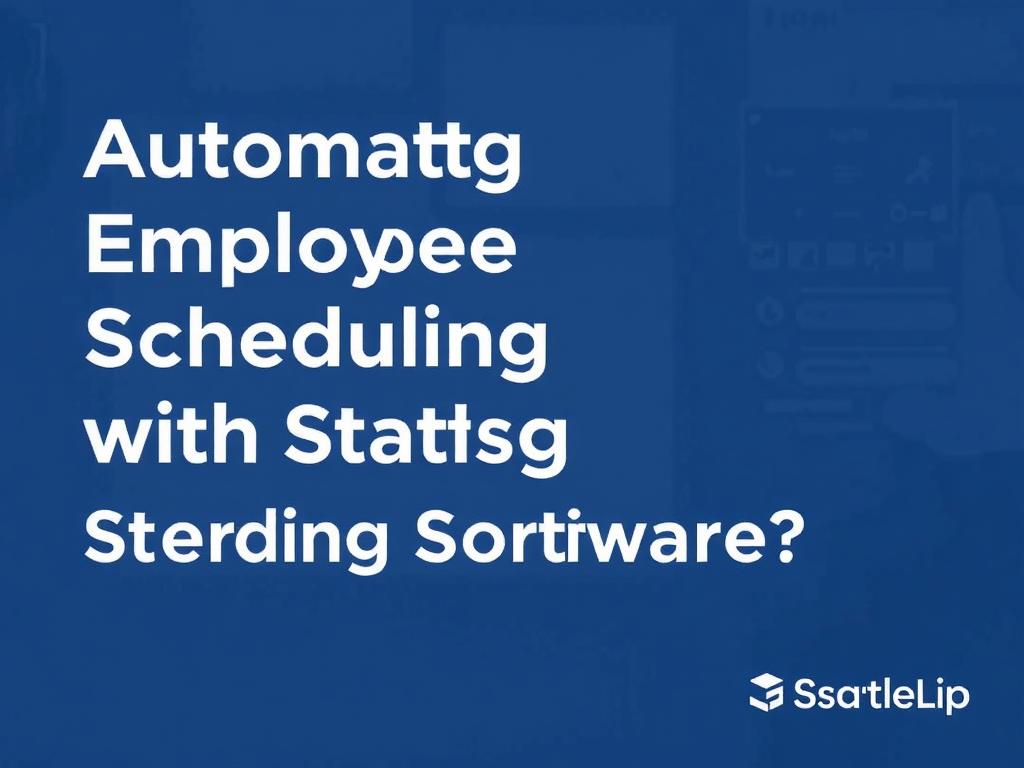
Managing employee schedules used to be a tedious task reserved for managers juggling multiple responsibilities. Creating shifts, accommodating availability, handling last-minute changes, and avoiding scheduling conflicts could consume hours each week. However, automating employee scheduling with staffing software has transformed this challenging process into an efficient, streamlined workflow. Not only does it save time, but it also improves accuracy and enhances employee satisfaction by providing clear, accessible schedules. For businesses looking to boost productivity and reduce scheduling headaches, embracing automation is becoming less of an option and more of a necessity.
What Is Staffing Software and How Does It Work?
Staffing software is a tool designed to automate various workforce management tasks, with employee scheduling being a core feature. By integrating data such as employee availability, shift requirements, labor laws, and skill sets, staffing software creates optimized schedules automatically. It uses algorithms to balance hours fairly, fill open shifts, and minimize overtime. Some advanced systems also learn from past patterns and can even predict staffing needs based on historical data.
Here’s a simplified breakdown of how staffing software operates:
- Collects employee availability and preferences via online portals or apps.
- Analyzes staffing requirements based on shifts, business hours, and roles.
- Automatically generates optimal schedules considering labor rules and fairness.
- Allows managers and employees to view, swap, or request shifts through mobile access.
- Tracks attendance, overtime, and labor costs in real-time.
Key Benefits of Automating Employee Scheduling
When you automate employee scheduling with staffing software, you unlock many advantages for both managers and employees. Let’s explore some of the most significant benefits.
| Benefit | Description | Impact |
|---|---|---|
| Time Savings | Eliminates manual schedule creation and adjustments. | Managers can focus on strategic tasks rather than paperwork. |
| Increased Accuracy | Reduces errors such as double-bookings or missed shifts. | Improves coverage and prevents understaffing. |
| Improved Employee Satisfaction | Offers transparency and empowers employees to manage their shifts. | Boosts morale and reduces absenteeism. |
| Compliance Assurance | Enforces labor laws and company policies automatically. | Avoids costly legal penalties. |
| Cost Efficiency | Optimizes staff allocation to prevent overstaffing and excessive overtime. | Lower labor costs and higher profitability. |
Features to Look for in Staffing Software

Choosing the right staffing software is vital for maximizing the benefits of automating employee scheduling. Here are some features to consider:
- Ease of Use: The interface should be intuitive for both managers and employees.
- Mobile Accessibility: Enables employees to check schedules and request shifts on-the-go.
- Customizable Rules: Adapt to your company’s unique labor policies and union agreements.
- Real-Time Updates: Instant notifications for any scheduling changes or shift swaps.
- Integration Capabilities: Sync with payroll, time-tracking, and HR systems.
- Analytics and Reporting: Gain insights into labor costs, attendance trends, and more.
Implementing Automating Employee Scheduling: Best Practices
Transitioning from manual scheduling to automated systems requires thoughtful planning. Here are steps to ensure a smooth implementation:
- Assess Your Needs: Identify pain points and scheduling complexities unique to your business.
- Involve Employees: Communicate how staffing software works and gather feedback.
- Train Managers and Staff: Provide adequate training sessions on using the software.
- Start Small: Pilot the software in one department before rolling out company-wide.
- Monitor and Adjust: Use analytics to identify areas for improvement and tweak settings accordingly.
- Maintain Flexibility: Keep a contingency plan for unexpected changes or absences.
Challenges You Might Face
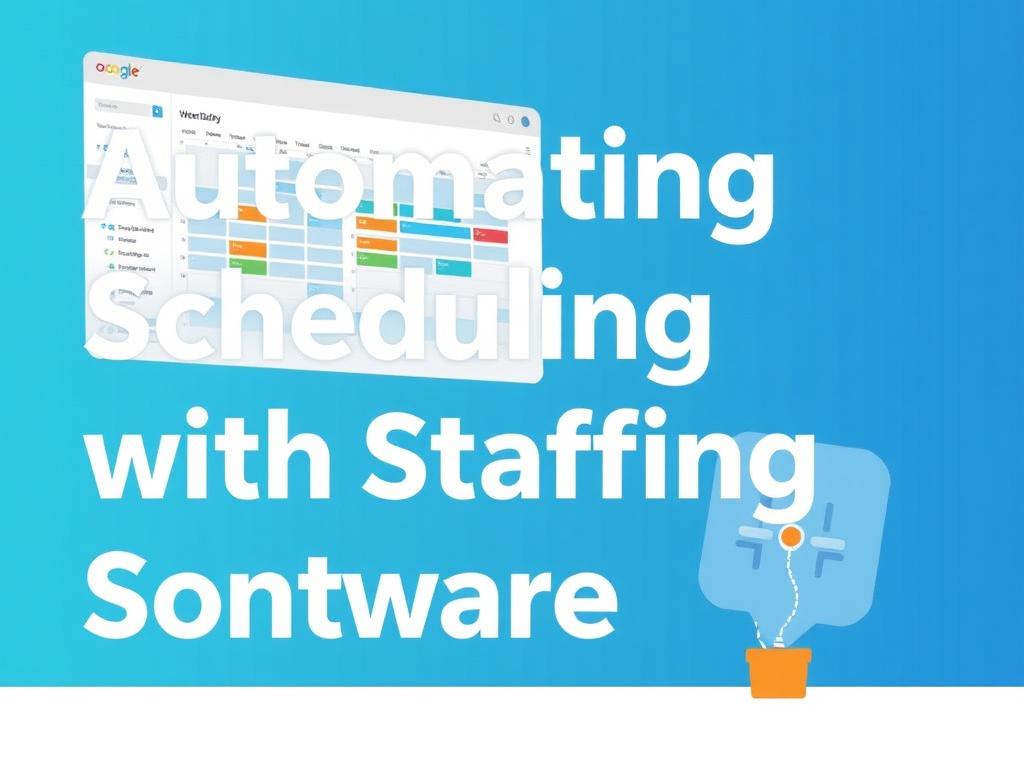
While automating employee scheduling with staffing software offers immense advantages, businesses may encounter some challenges during adoption:
- Resistance to Change: Employees accustomed to traditional scheduling might be reluctant to switch.
- Initial Setup Complexity: Entering data correctly and customizing rules can be time-consuming at first.
- Dependence on Technology: System outages or bugs could disrupt scheduling temporarily.
- Privacy Concerns: Handling sensitive employee data requires strict security measures.
Being aware of these issues allows you to proactively manage them and ensure the long-term success of your scheduling automation.
The Future of Employee Scheduling: Trends to Watch
The realm of staffing software is evolving rapidly. Automation combined with emerging technologies is making employee scheduling smarter than ever. Here are some trends to keep an eye on:
- Artificial Intelligence: AI-powered predictions for optimal staffing levels based on business cycles and customer demand.
- Machine Learning: Continual learning from scheduling data to improve algorithms and reduce human intervention.
- Cloud-Based Platforms: Increasingly popular for ease of access and scalability.
- Employee Self-Service: Empowering employees with tools to set availability, pick up shifts, and communicate directly through the software.
- Integration with IoT Devices: Use of smart devices to track clock-ins and real-time attendance data.
Hospitals, retail stores, manufacturing plants, and many other industries are already benefiting from these advancements, and your business can too.
Conclusion
Automating employee scheduling with staffing software is no longer a futuristic idea—it’s an essential strategy for businesses aiming for efficiency, accuracy, and employee satisfaction. By embracing these systems, managers can save valuable time, reduce errors, and maintain compliance with labor laws, all while providing employees with greater control over their schedules. Although challenges exist, thoughtful implementation and choosing the right software tailored to your needs can make the journey smooth and rewarding. As technology continues to advance, companies adopting automated scheduling will enjoy a competitive edge, improved workforce management, and a happier team ready to meet the demands of today’s fast-paced work environments. If you haven’t yet explored staffing software, now is the perfect time to discover how automation can revolutionize your employee scheduling process.
